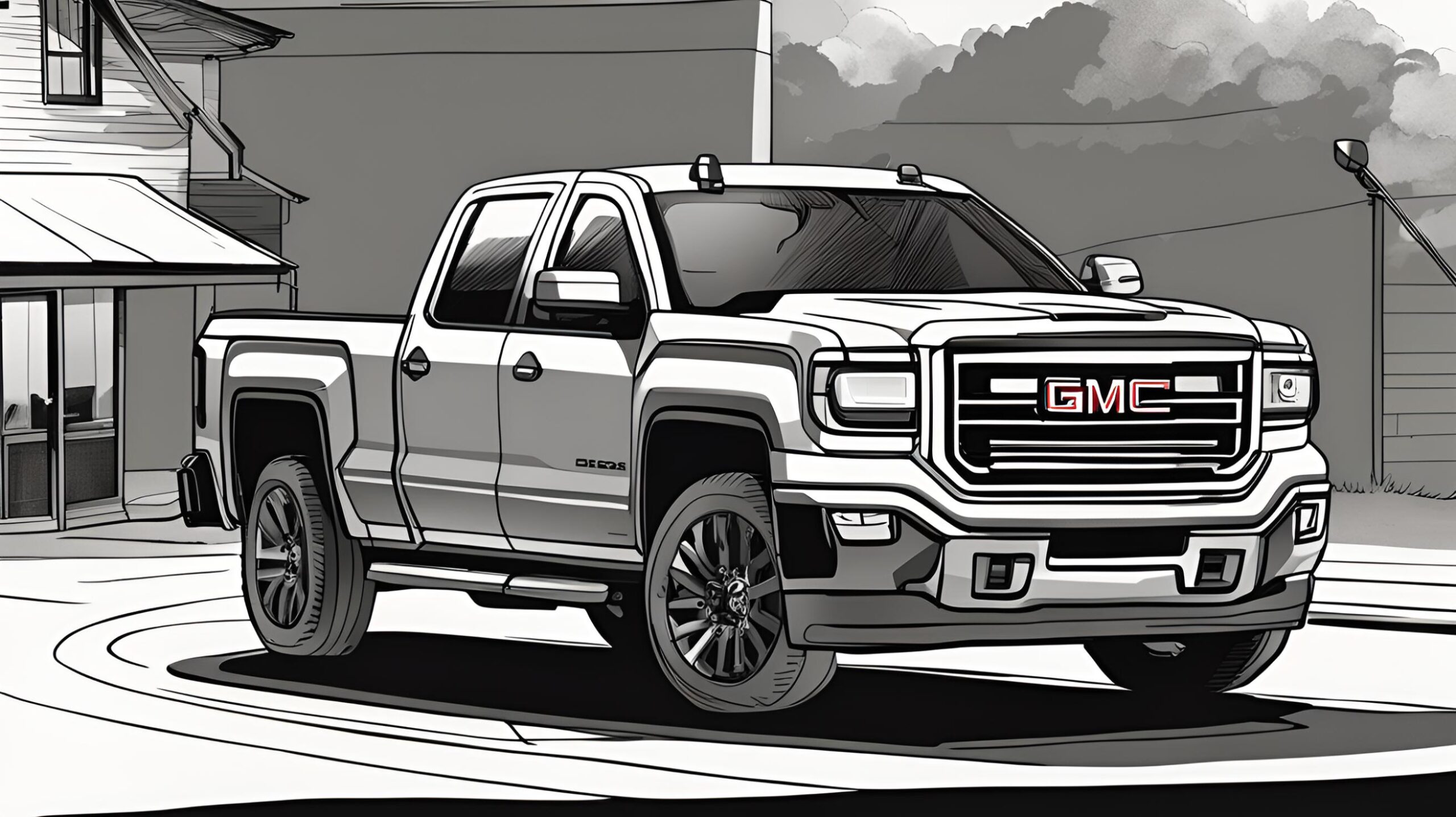Flashback to July 10
American History

2009
General Motors emerges from bankruptcy protection after 40 days, with 60 percent ownership in the hands of the US government
Read moreOn July 10, 2009, General Motors, one of the largest automotive manufacturers in the world, emerged from bankruptcy protection, marking a significant turning point for the company and the U.S. automotive industry as a whole. After just 40 days of restructuring, General Motors was back on its feet, albeit with 60 percent ownership in the hands of the U.S. government.
The bankruptcy filing by General Motors on June 1, 2009, was the largest ever for an automaker and a pivotal moment for the struggling industry. The company had been facing a myriad of challenges, including declining sales, high labor costs, and a cumbersome corporate structure. The financial crisis of 2008 dealt a severe blow to General Motors, forcing it to seek government intervention to stay afloat.
Under the leadership of President Barack Obama, the U.S. government stepped in to provide financial support to General Motors, with the goal of keeping the company operational and preserving jobs. The government’s intervention was met with mixed reactions, as many questioned whether it was an appropriate use of taxpayer money.
However, with the filing for Chapter 11 bankruptcy protection, General Motors had the opportunity to restructure its operations, shed debt, and streamline its business to become more competitive in the global market. The company’s bankruptcy process was expedited, lasting only 40 days, a remarkable speed considering the complexity of such proceedings.
During this time, General Motors underwent significant changes to its operations and leadership. The company closed several underperforming plants, reduced its labor force, and focused on producing more fuel-efficient vehicles. Additionally, General Motors introduced new leadership, with Fritz Henderson taking over as CEO.
The emergence from bankruptcy protection was seen as a vindication for General Motors and its government backers. It signified the company’s successful reorganization, paving the way for a fresh start. However, the government’s 60 percent ownership stake raised concerns about the company’s autonomy and ability to make independent business decisions.
Critics argued that government ownership could lead to political interference and hinder General Motors’ competitiveness in the global market. The U.S. government, on the other hand, emphasized that its majority ownership was temporary and aimed at protecting taxpayers’ interests until the company could be returned to private ownership.
Following its emergence from bankruptcy, General Motors embarked on a long and challenging journey to regain its position as a leader in the automotive industry. The company implemented aggressive cost-cutting measures, focused on innovative product development, and sought to rebuild consumer trust in its brand.
Over the next decade, General Motors made significant strides in its recovery and revitalization efforts. It introduced new models and technologies, such as the Chevrolet Volt electric car and the Cadillac Escalade SUV. The company also expanded its global presence, particularly in emerging markets like China, where it experienced significant growth.
By 2013, General Motors had repaid its government loans in full, marking a major milestone in its turnaround. The U.S. government gradually reduced its ownership stake, ultimately selling its remaining shares in December 2013. General Motors regained its status as a publicly traded company, free from government control.
The emergence of General Motors from bankruptcy protection in 2009 was a watershed moment for both the company and the U.S. automotive industry. It demonstrated the resilience of General Motors and its ability to adapt to changing market conditions. The government intervention, although controversial, played a crucial role in the company’s recovery and ultimately saved thousands of jobs.
Today, General Motors continues to thrive as a global automotive powerhouse, with a renewed focus on electric and autonomous vehicles. The lessons learned from the tumultuous events of 2009 have shaped the company’s future direction and commitment to sustainability, innovation, and meeting the evolving needs of consumers worldwide.
We strive for accuracy. If you see something that doesn't look right, click here to contact us!
Sponsored Content

General Motors emerges from…
General Motors successfully emerges…

The highest temperature ever…
On July 10, 1913,…

The remains of United…
The remains of 1st…

Lake Denmark, New Jersey,…
On 7/10/1926, a devastating…

In Black Moshannon Park,…
On July 10, 1941,…

The United States takes…
On July 10, 1821,…

